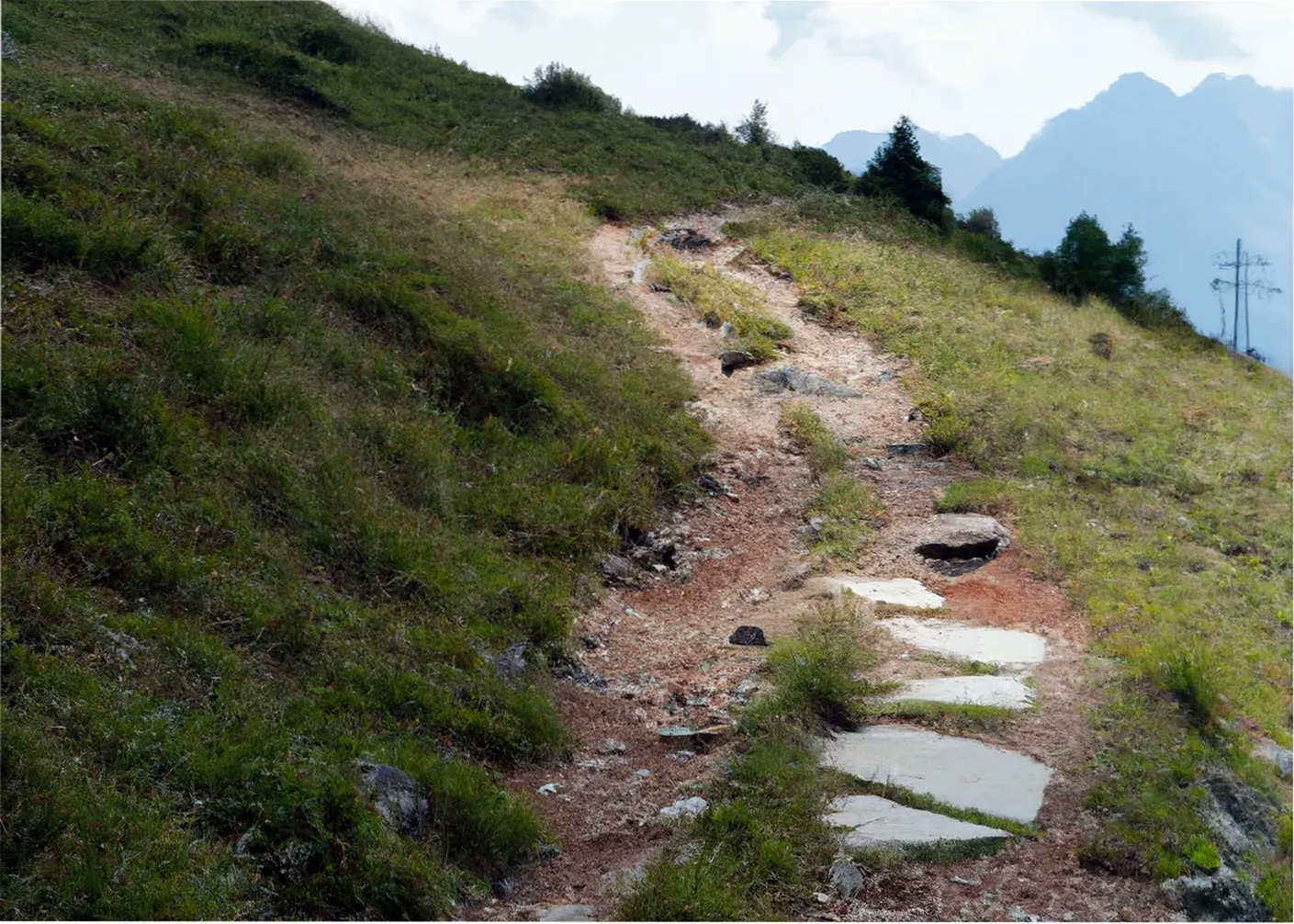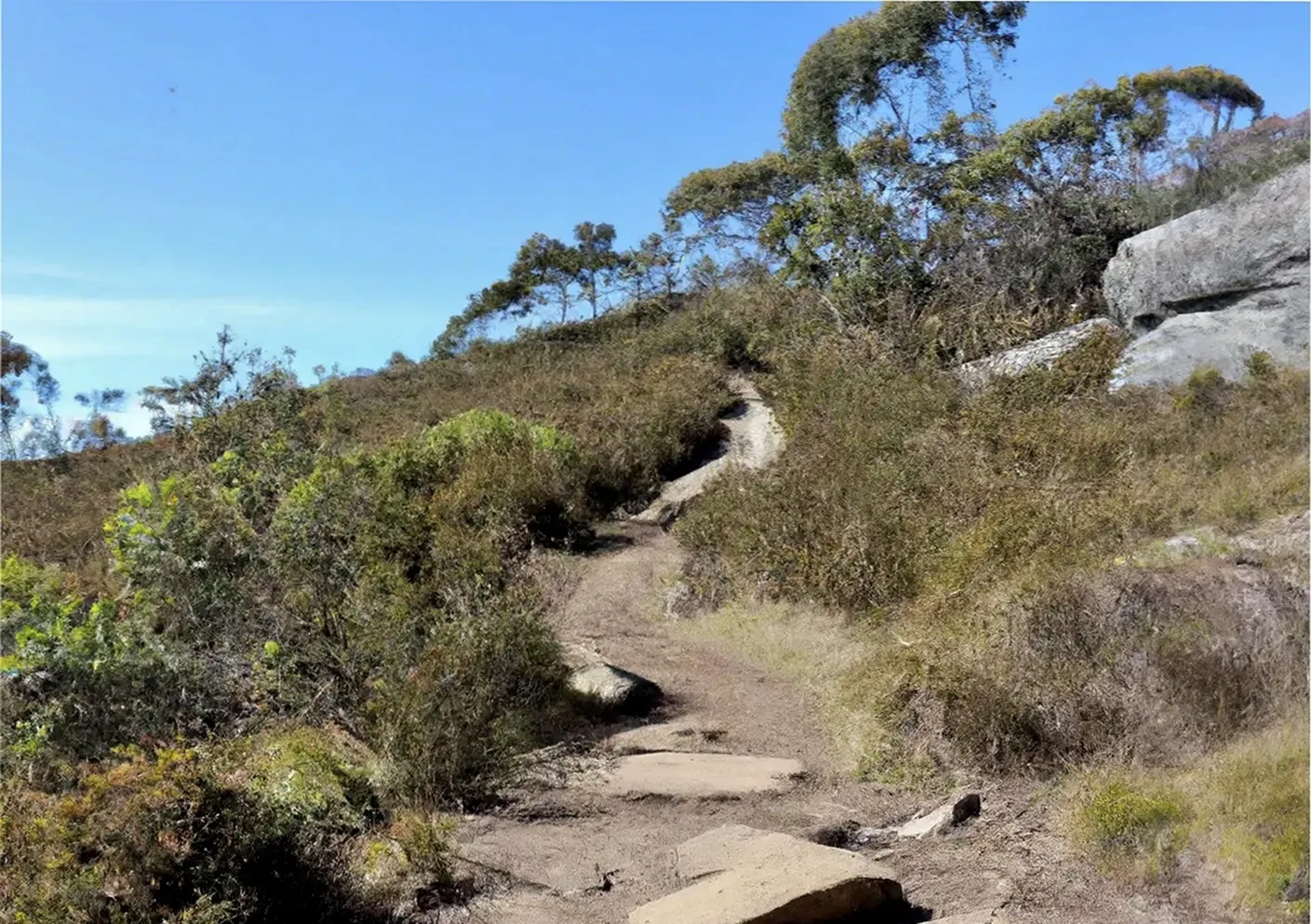The distance that a person can hike in a day will depend on a variety of factors, including their physical fitness, the terrain and conditions of the hike, and the amount of time they have available.
How Far You Can Hike in One Day
Some people may be able to hike as much as 30-40 km (18-25 miles) in a day, while others may only be able to hike a few kilometers.
On average, a hiker can travel 24 km in a day at a walking speed of 3 km/h (1.9 mph).
If you’re an avid hiker, you may be wondering just how far you can go in a single day. The answer is that it will depend on a variety of factors, including your physical fitness, the terrain and conditions of the hike, and the amount of time you have available. In this post, we’ll delve into these factors in more detail and provide some tips for planning your hike. We’ll also provide a table showing how far someone might be able to hike at different speeds.
Factors That Affect Hiking Distance
There are several factors that can affect how far you can hike in a day. Some of the most important include:
- Physical fitness: If you are in good physical shape, you will likely be able to hike for longer periods of time and cover more ground than if you are out of shape. This is because your body will be more efficient at using oxygen and energy, and you will be able to maintain a steady pace for longer periods of time.
- Type of Terrain: The terrain of the hike can also make a big difference in how far you are able to go. If the trail is relatively flat, you will be able to maintain a faster pace and cover more ground in a shorter amount of time. On the other hand, if the trail is steep or has a lot of ups and downs, it will take longer to hike the same distance.
- Weather Conditions: The weather and other environmental conditions can also affect your hiking distance. If it’s hot and humid, you may need to take more frequent breaks to stay hydrated and cool. Similarly, if it’s raining or there is snow on the ground, the trail may be slippery or more difficult to navigate, which can slow you down.
- Personal Hiking Pace: Finally, the pace at which you hike will also affect how far you are able to go. If you are an experienced hiker and are comfortable walking at a faster pace, you may be able to cover more ground in a shorter amount of time. On the other hand, if you are new to hiking or prefer a more leisurely pace, it may take longer.
Daily Hiking Distance
Here is a table showing approximate hiking distances that might be possible at different speeds:
| Walking Speed | Distance in One Day |
|---|---|
| 3 km/h (1.9 mph) | 24 km (15 miles) |
| 4 km/h (2.5 mph) | 32 km (20 miles) |
| 5 km/h (3.1 mph) | 40 km (25 miles) |
| 6 km/h (3.7 mph) | 48 km (30 miles) |
| 7 km/h (4.3 mph) | 56 km (35 miles) |
| 8 km/h (5.0 mph) | 64 km (40 miles) |
Please note that these estimates are based on average walking speeds and do not take into account factors such as terrain, physical fitness, and weather conditions, which can all affect hiking distance. These estimates are meant to provide a general idea of how far someone might be able to hike at different speeds and should not be taken as definitive.
How to Prepare For a One-Day Hike
Now that we’ve discussed some of the factors that can affect your hiking distance, here are a few tips for planning your hike:
- Set a distance goal: Having a goal in mind can help motivate you and give you something to work towards. Whether it’s completing a certain distance or reaching a particular destination, setting a goal can help keep you focused and on track
- Be realistic: It’s important to be realistic about your own physical abilities and to plan your hike accordingly. If you are new to hiking or are not in as good of shape, it’s best to start with shorter hikes and gradually build up your endurance. On the other hand, if you are an experienced hiker and are in good physical condition, you may be able to tackle longer distances.
- Consider how difficult the terrain is: The terrain of the hike can have a big impact on how far you are able to go. If the trail is flat and well-maintained, you may be able to cover more ground in a shorter amount of time. On the other hand, if the trail is steep or has a lot of ups and downs, it will take longer to hike the same distance. It’s important to consider the terrain when planning your hike and to choose a route that is appropriate for your ability level.
- Bring the right equipment: What you bring with you on your hike can also affect how far you are able to go. A heavy backpack can slow you down and tire you out more quickly, so it’s important to pack only the essentials. Make sure you bring plenty of water and snacks to keep yourself hydrated and energized, and leave any unnecessary items at home.
- Prepare for changes in weather conditions: The weather can change quickly, so it’s important to be prepared for a variety of conditions. Make sure you bring appropriate clothing and gear and be prepared to adjust your plans if necessary.
- Plan for breaks on the trail: Finally, don’t be afraid to take breaks when you need them. If you’re feeling tired or need a drink of water, it’s perfectly okay to take a break and rest for a few minutes. This will help you stay energized and prevent fatigue.
- Train for your hike: In the days, weeks, and months prior to your hike, it may be a good idea to do some training. Exercising on a treadmill or bicycle can help prepare your cardiovascular system for hiking.
How far you can hike in a day will depend on your physical fitness, the terrain, and the pace at which you are able to walk. With proper preparation, a positive attitude, and a little bit of perseverance, you can successfully complete your hike and enjoy all the benefits that come with it.





